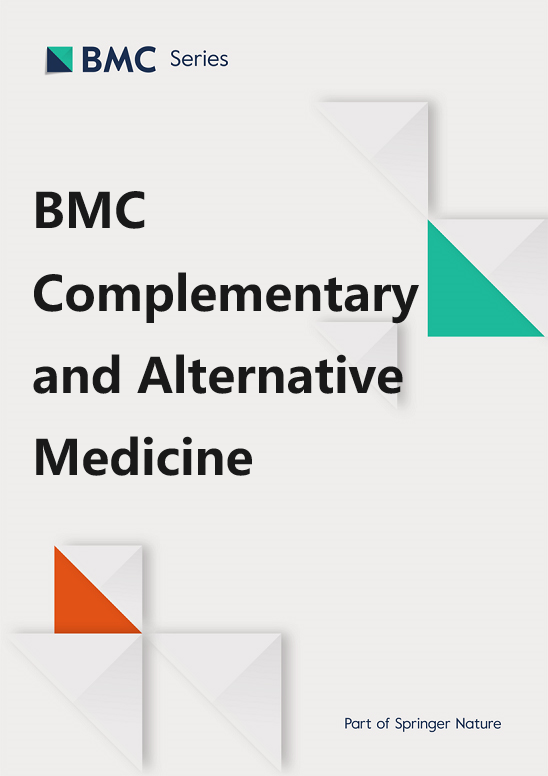模仿急性胆管炎的长春花中毒症
IF 3.4
2区 医学
Q1 Medicine
引用次数: 0
摘要
长春花(Catharanthus roseus)是马达加斯加本土的一种开花植物,以其光洁的叶子和鲜艳的花朵而闻名,其生物碱化合物具有重要的药用价值。作为化疗中使用的长春碱和长春新碱的来源,长春花也以其干花和茎秆被用于传统医药中。其毒性可导致各种不良反应。我们报告了一例以急性胆管炎为表现形式的长春花汁中毒病例,强调了医疗服务提供者获取详细草药补充剂病史的重要性。一名 65 岁的妇女因腹痛、发热、厌食和下肢麻木就诊。初步诊断为急性胆管炎,但影像学检查排除了胆总管结石。进一步检查发现,患者曾因颈部疼痛而摄入蔷薇果汁。实验室检查结果显示白细胞增多、肝酶升高和高胆红素血症。患者出现了胃溃疡,可能是由于水飞蓟中的生物碱引起的。血液培养未发现细菌生长。患者在停用草药提取物后康复。长春花毒性可表现为发热、胆汁淤积性黄疸的肝毒性和胃溃疡,模仿急性胆管炎。医疗服务提供者必须了解草药补充剂的使用和潜在毒性,以确保及时诊断和适当处理。本病例强调了提高公众对治疗性草药可能产生的毒性的认识的必要性,以及在医疗机构全面记录患者病史的重要性。本文章由计算机程序翻译,如有差异,请以英文原文为准。
Catharanthus roseus intoxication mimicking acute cholangitis
Catharanthus roseus, a Madagascar native flowering plant, is known for its glossy leaves and vibrant flowers, and its medicinal significance due to its alkaloid compounds. As a source of vinblastine and vincristine used in chemotherapy, Catharanthus roseus is also employed in traditional medicine with its flower and stalks in dried form. Its toxicity can lead to various adverse effects. We report a case of Catharanthus roseus juice toxicity presenting as acute cholangitis, emphasizing the importance of healthcare providers obtaining detailed herbal supplement histories. A 65-year-old woman presented with abdominal pain, fever, anorexia, and lower limb numbness. Initial diagnosis of acute cholangitis was considered, but imaging excluded common bile duct stones. Further investigation revealed a history of ingesting Catharanthus roseus juice for neck pain. Laboratory findings showed leukocytosis, elevated liver enzymes, and hyperbilirubinemia. The patient developed gastric ulcers, possibly due to alkaloids in Catharanthus roseus. No bacterial growth was noted in blood cultures. The patient recovered after discontinuing the herbal extract. Catharanthus roseus toxicity can manifest as fever, hepatotoxicity with cholestatic jaundice, and gastric ulcers, mimicking acute cholangitis. Awareness of herbal supplement use and potential toxicities is crucial for healthcare providers to ensure prompt diagnosis and appropriate management. This case emphasizes the need for public awareness regarding the possible toxicity of therapeutic herbs and the importance of comprehensive patient histories in healthcare settings.
求助全文
通过发布文献求助,成功后即可免费获取论文全文。
去求助
来源期刊

BMC Complementary and Alternative Medicine
INTEGRATIVE & COMPLEMENTARY MEDICINE-
CiteScore
7.00
自引率
0.00%
发文量
0
审稿时长
3 months
期刊介绍:
BMC Complementary Medicine and Therapies is an open access journal publishing original peer-reviewed research articles on interventions and resources that complement or replace conventional therapies, with a specific emphasis on research that explores the biological mechanisms of action, as well as their efficacy, safety, costs, patterns of use and/or implementation.
 求助内容:
求助内容: 应助结果提醒方式:
应助结果提醒方式:


